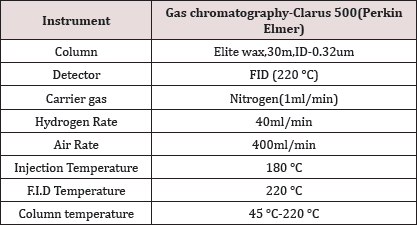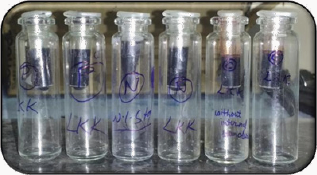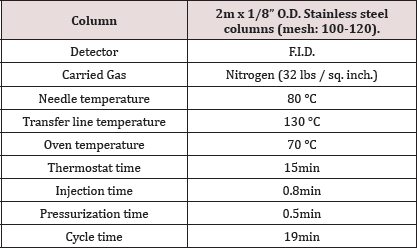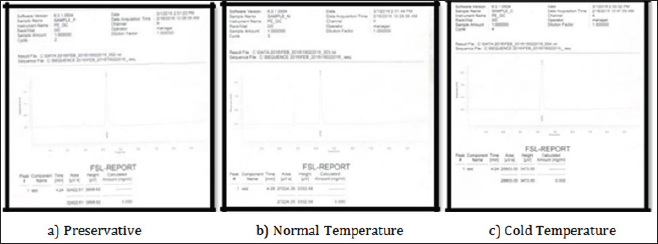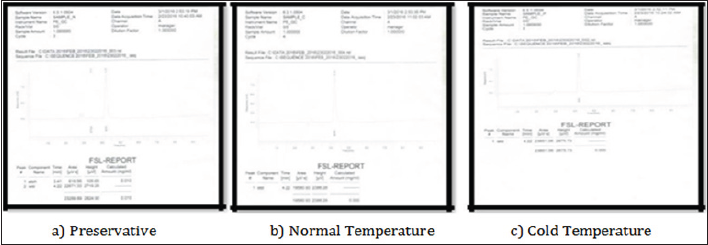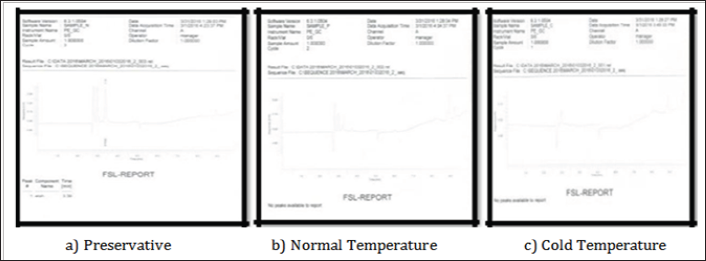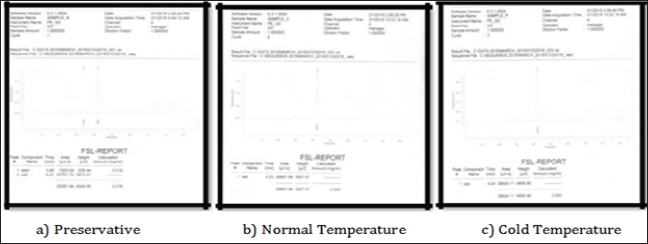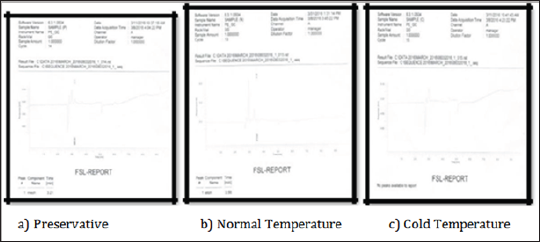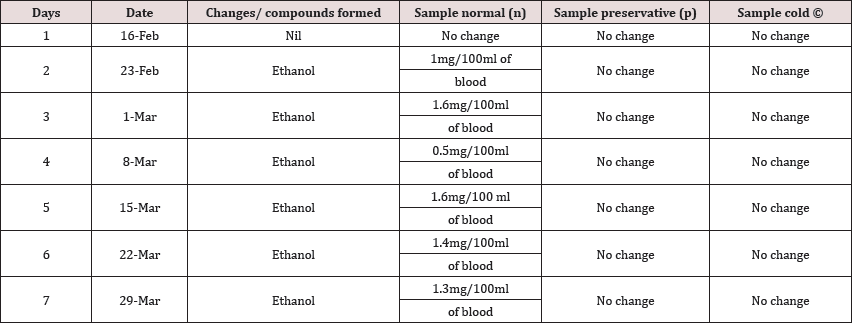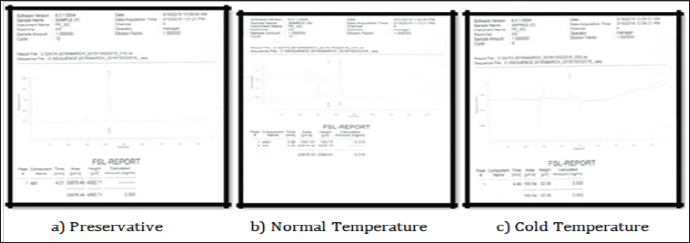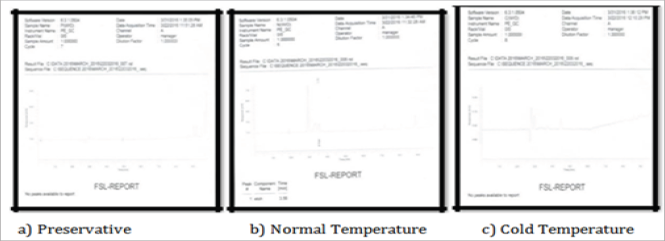Enforcement of Regulatory Bodies to Trade Indian Medicinal Plants and DNA Bar-coding In Wildlife Forensics
Abstract
Keywords: DNA bar-coding; Laws protecting plants; Indian Forest ACT; Wild Life Protection Act; CITES Appendix
Introduction
"Consolidate the law related to forest, the transit of forest produce and the duty livable on timber and other forest produce". The word "forest produce" include timber, charcoal, caoutchouc, catechu, wood-oil, resin, natural varnish, barck, ac, mahua flower, mahua seeds and myrabolams. The chapter 1 clause2 (4b) in the Indian forest act also gives the liberty to add the trees, leaves, flowers, fruits, grass, creepers reeds, moss and all parts of such plant produce and other parts or produce that are not directly mentioned in the act to be protected and preserved by same regulations prescribed by the act [5]. By describing the forest produce broadly, the Indian forest act take the responsibility to even protect the non-economical plants which are mentioned or not mentioned in the act [6]. Basically the non-wood forest produce is economically important produce of the forest other than wood, which is being exploited by the law breakers to earn the instant money [7]. NTFPs are the active ingredient of budding small scale and fully developed large scale industries to commercialize the products to earn profit [8]. The produce (medicinal herbs) is profitable forest produce which is often used by pharmaceutical industries to launch health related products in the market [9]. These companies or organizations have permits and licenses to collect the permitted plant varieties from the locals [10]. The local herb dwellers have certain powers given by state and center governments through Indian biodiversity act etc. to earn their living by using their traditional knowledge of gathering wild flora [11]. This lawful business turns illegal when these dwellers and industrial set up without prior permissions gather and motivate forest dweller to supply the produce in bulk [12]. With limited knowledge of endangered and threatened species restricted from wild collection or deliberate collection to earn instant money is the main reason of utilization of forest produces [13].
According to the chapter 2 of INDIAN FOREST ACT which defines the reserve forest area under section 28 clause (f) which states "Any person who fells, girdles, lops, taps or burns any tree or strip off the bark leaves from, or otherwise damages the same and clause (g) removes any forest produce shall be punishable with imprisonment for a term which may extend to six months or with fine or both in comparison to the damage [14]. Similar State Provision according to section 26. In this Bihar Sec. (26) the Forest range Offence is said to be cognizable and punishable with sentence for a maximum term of 6 months which may extend up to 24 years or with fine up to 5000/- or both + compensation[15]. In Gujarat Sec (26) of Indian Forest Act, punishment up to 1 year or with fine up to 1000/. In Himachal Pradesh according to Sec (26) punishment for forest offence is two years along with the fine of 5000. In Madhya Pradesh & West Bengal I year punishment is decided for the offender and fine of 2000 is imposed on such illegal activities. In Uttar Pradesh the maximum imprisonment for violating the rules of Indian forest act maximum punishment of 2 years or a fine of Rs. 5000/- or both is imposed on the offender when proved guilty for violation of sect. (26) (b), (h) (i) (j) but if the equivalent crime is committed second time and subsequently, sentence up to 2years or fine up to Rs. 20,000 but not less than Rs. 5000/- or both are imposed [16]. For the abuse other clauses of Sec. (26) imprisonment up to six month or a fine up to Rs. 1000/- or both is provided and for second and subsequent violation of these subsections is punishable by imprisonment up to six month or a fine up to Rs. 2000/- or both. Similarly, in chapter 3 which defines the protected forest areas under section 33 clauses is punishable with same penalty as is defined for the activities in reserve forest declared by the officials [17].
State Provisions According to Section 33
In Bihar state according to the section (33) imprisonment minimum of six months, maximum 2 of years fine minimum Rs. 1000/- maximum Rs. 5000/- imprisonment + fine both is availed to punish the convicted criminal but in case of Haryana:-15Sec (33) Imprisonment up to 1 year or with fine up to Rs. 1000 is imposed for the conviction in similar crime [18]. In Madhya Pradesh punishment lesser than Bihar Punishment is decided upto1 year or with fine up to Rs. 1000/ [19]. In Maharashtra punishment for violating Indian forest act rules is only up to 1 year or with fine up to Rs. 2000. Similarly in West Bengal Sec. (33) up to 1 year or with fine up to Rs. 1000 only. Uttar Pradesh is strict in terms of punishment for forest offences as their Maximum imprisonment of two years or fine up to Rs. 5000/- or both and for second and subsequent violation maximum term of 2 years or fine up to Rs. 10,000/-[20]. Wildlife protection Act. 1972 and the listed species Wildlife protection Act. 1972, SCHEDULE VI six plants are protected strictly by this Act which offers severe penalties to the offenders [20].The penalty is minimum 3 years which may extend depending upon the severity of the illegal activity and with fine of rupees 25000. If the convict is license holder the license will be cancelled and upon repetitive offence the penalty may increase up to 7 years [21]. Chapter ii of WPA outlines the protection of definite plants by declaring two clauses which are as follows:-
a) Willfully pick, uproot, damage, destroy, acquire or collect any
specified plant from any forest land and any area specified, by
notification, by the Central Government.
b) Posses, sell, offer for sale, or transfer by way of gift or otherwise, or transport any specified.
First species listed is Beddomescycad (Cycas beddomei) is native to trimulla hills of Andhra Pradesh. The male cones incorporate bioflavonoid which is used in the management of rheumatoid arthritis and muscle pains. It is listed in cites Appendix1 and Wild Life Protection Act 1972 Schedule 6 and CITES appendixes [24]. Blue Vanda (Vanda soerulec) is another endangered native plant of India which is found at 2000m- 3000m altitude. The plant is traded for its ornamental properties [25]. Kuth (Saussurea lappa) is list in WPA is also listed in CITES appendix 1. It is found at 2500 to 3000m Himalayas, Jammu Kashmir forest areas, Western Ghats, and kishenganga valley. It is traded by the name kuth kauri, kuth mithi. Basically the root of the plant contains Sesquiterpene lactones which are used to treat serious ailments like asthma, inflammatory diseases, and ulcer and stomach problems [26]. In India, only two genera namely Cypripedium and Paphiopedilum listed in Cites 1 and WPA schedule 6 can be found in Himalayan and NorthEast Indian region except one species of Paphiopedilum which is endemic to Western Ghats. This orchid specie is specifically traded for its ornamental and aromatic properties [27]. Pitcher plant's natural habitat is India and mostly originates in Jarain area of the Jaintia Hills, the Baghmara area of the Garo Hills of Meghalaya or in Assam.
The plant is exploited from the wild for its ornamental and medicinal use. It is enumerated in cites Appendix1 and Wild Life Protection Act 1972 Schedule 6 [28]. Red Vanda is listed CITES appendix 1 and schedule 6 of WPA is found in Meghalaya. It is being traded internationally for its ornamental properties [29]. Customs Act. 1962, regulates the import and export of India. Under this act, section 112 defines the penalties for improper import and export of any good which is restricted by any law in action at that present time will be confiscated and fine of rupees 5000 or value of goods whichever is higher will be imposed. According to the section 118 and 119 deals with smuggling goods and goods used to conceal the smuggling goods. The section give the power to custom officers to seal any import and export goods and goods which are used to conceal the smuggled goods which are brought out of the limits of custom area and custom ports[30,31].
International treaties to protect plants
-
a) International Treaty on Plant Genetic Resources for Food
and Agriculture (IT PGRFA)
Secretary-General of the United Nations [32].
b) The International Tropical Timber Agreement (ITTA, 1983), International Tropical Timber Agreement, 1994 (ITTA, 1994 or ITTA2) [33].
c) Convention on International Trade in Endangered Species of Wild Fauna and Flora, also known as the Washington Convention) [34].
d) Convention on the Conservation of European Wildlife and Natural Habitats, also known as the Bern Convention (or Berne Convention), council of Europe [35].
e) Convention on Biological Diversity (CBD) Secretary- General of the United Nations [36].
f) Conservation of Antarctic Fauna and Flora Secretary- General of the United Nations [37].
Trade of restricted medicinal herbs
Wildlife trafficking have emerged with its medium from physical markets to online e commerce sites. Numbers of species are being sold on the web portals with dedicated websites, WebPages through face book, Instagram YouTube and many more social networking sites illegally just because these platforms provide greater anonymity to the seller. The plants which are being sold on these platforms are basically threatened rare or endangered [38]. EVAN MATI 307 medicinal products corresponding to ca. 283 species. Ten species out of 35 were found to be locally endangered and listed in IUCN [39]. The plants are also advertised online on daily bases and delivered without being securitized by the authorities. This may be due to lack of awareness on this issue specifically in India. Figure number 1-4 clearly shows such online business [40].DNA Bar-Coding to Identify Plants in Trade
DNA bar-coding is presently quick and precise tool to identify plant species. Chloroplast genome off plant sequencing can convey a consistent barcode to accurately identify plants. The development of specific barcodes provides a new approach to distinguish closely related Species to tackle illegal trade of medicinal plants in trade [41]. Table 1 shows the ingenuities of Investigation work in wildlife forensics with respect to flora. The scanty research work in this area provide ample scope to scientist and researcher to explore this budding field of wild life forensics and establish barcode libraries specific to plant families or location specific libraries showing mutations if any [42-46].Table 1: Shows the research work in the field of wildlife forensic

Conclusion
Read More Lupine Publishers Forensic And Genetics Journal Articles : https://forensic-journal-lupine-publishers.blogspot.com
